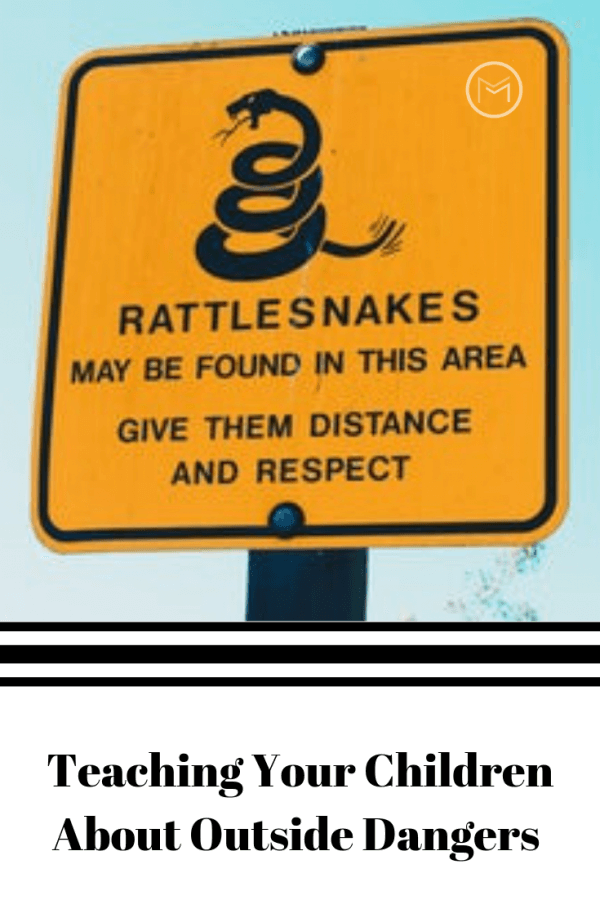Today, I’m sharing parenting tips on swim classes for kids. While most people know how to swim, few people think about actually getting swimming lessons. That’s especially true of anybody with kids, as they often overlook the opportunity. Either that, or they decide to teach their kids themselves.
Though that’s an understandable approach, it may not be the best one. Instead, you could be better off getting your children swimming lessons. You might be wondering why you should shell out the money for classes rather than teaching them.
Aside from saving you some time – you can do other things as your kid learns – there can be quite a few different reasons to get swim classes.
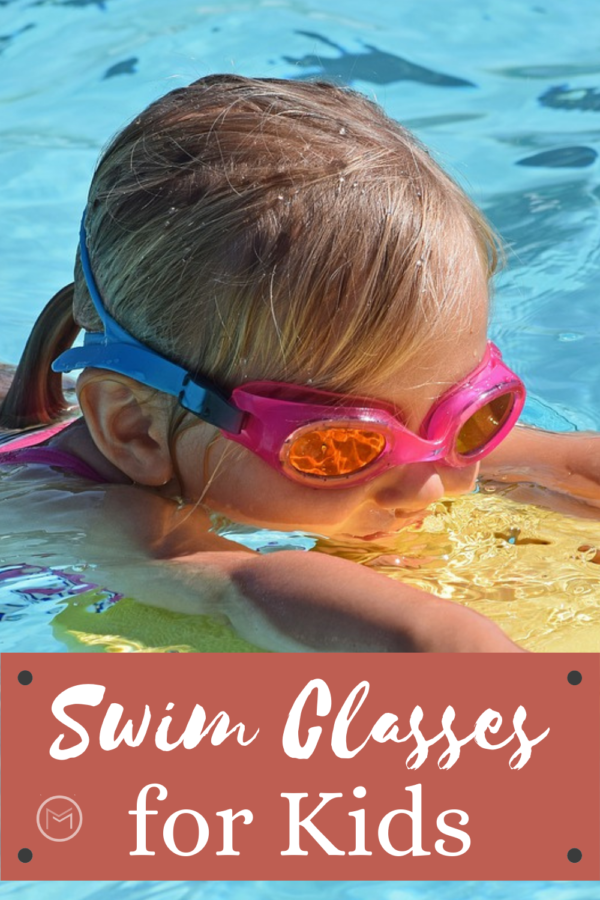
Swim Classes for Kids and Benefits
Swim Classes Teach Water Safety
While swim classes are primarily focused on learning to swim, they also teach water safety. Many aspects of this can be obvious, but they wouldn’t be to a child. As a result, the lessons could provide practical benefits that you may be aware of.
These water safety rules will stick with them through life, which will make them much safer around any body of water. That’ll provide a significant amount of peace of mind, both for you and your child. That could be one of the most positive benefits behind the swim classes, as your children’s safety is paramount.
Strengthen Your Lungs
One of the first things that any swimmer learns is how to control their breath. They’ll obviously need to hold their breath for periods of time. While this might be short at first, it will be longer and longer over time.
The practice is proven to strengthen your lungs and increase your lung capacity. That’s true regardless of what age you are. As a child, that could have much larger benefits over time. Once this happens, there should be more physical benefits, such as allowing blood and oxygen to pump more efficiently.
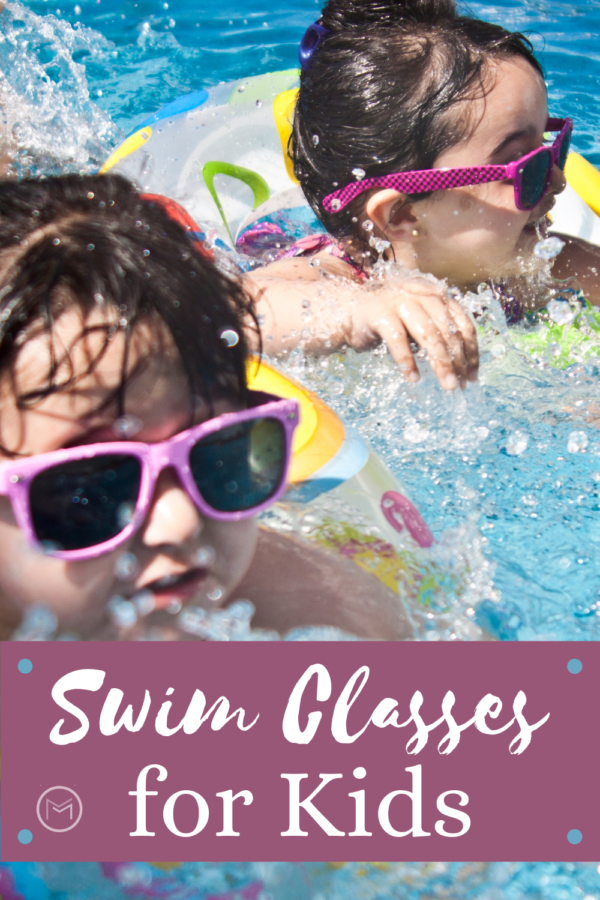
Reduces Stress
What many people don’t realize is that swimming can help reduce stress and anxiety. While that’s primarily true of recreational swimming, it’s also true with classes. When they’re learning, they’ll be in a supportive environment with like-minded individuals.
That support could also help reduce stress. Once they’ve learned how to swim, your child will then be able to take full advantage of the skill. They’ll be much more active, which typically makes people healthier and happier.
Couple that with the other advantages associated with regular exercise, and your child’s physical and mental health should see positive benefits.
Last, there can be quite a few other reasons why you should put your kids in swim classes rather than teaching them yourself. The end result will naturally be the same, but professional classes will do so in a much more efficient and disciplined manner.
Classes could also mean that your child will be a much stronger swimmer. You can still bond by swimming with them recreationally and encourage them to keep learning. Like many other things, however, teaching them might be best left to the professionals.
What’s stopping you from signing them up? It’s almost guaranteed to be an enjoyable experience for everyone.
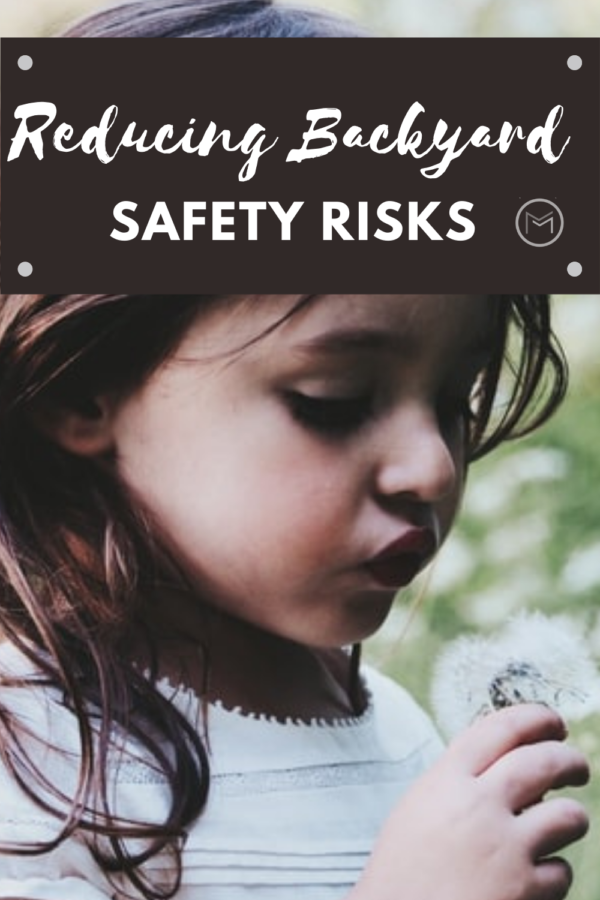
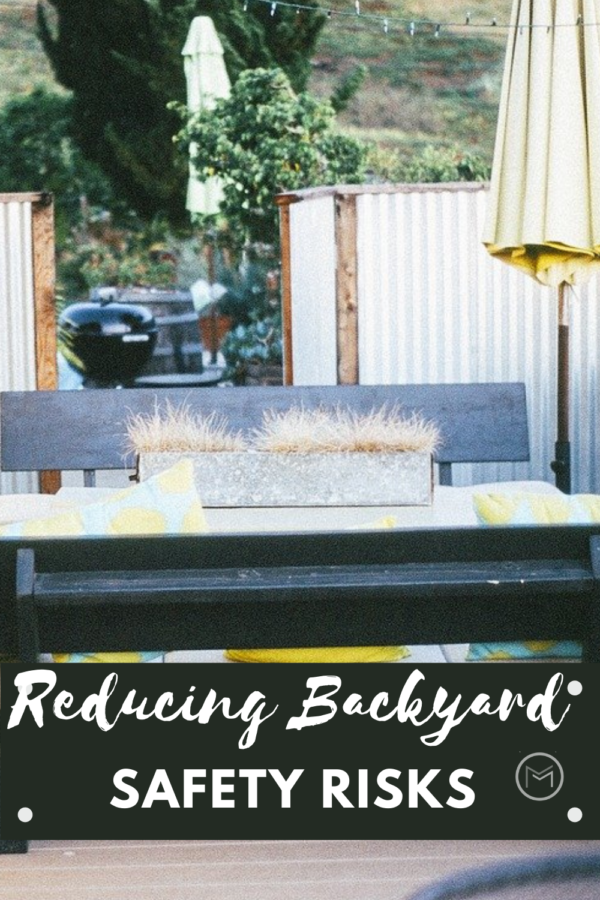
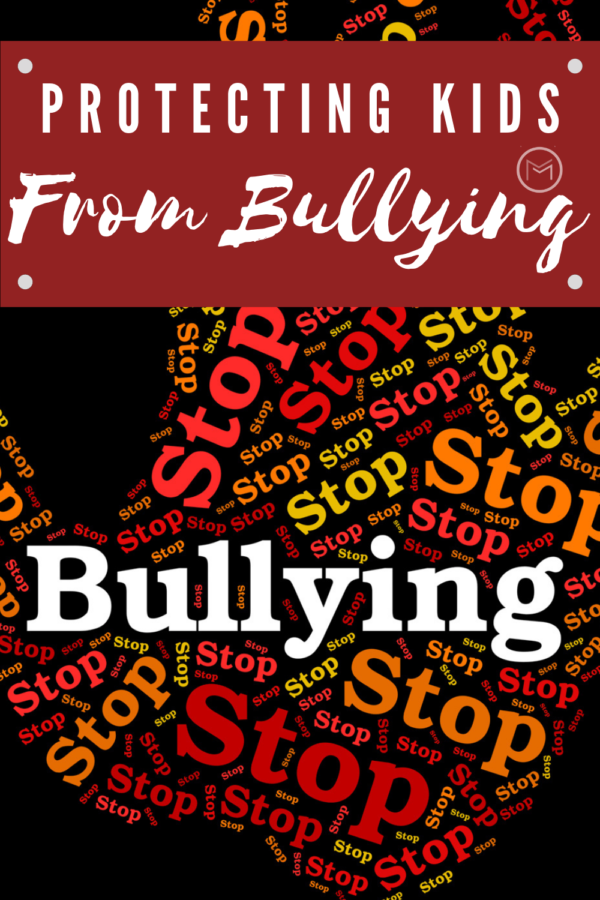
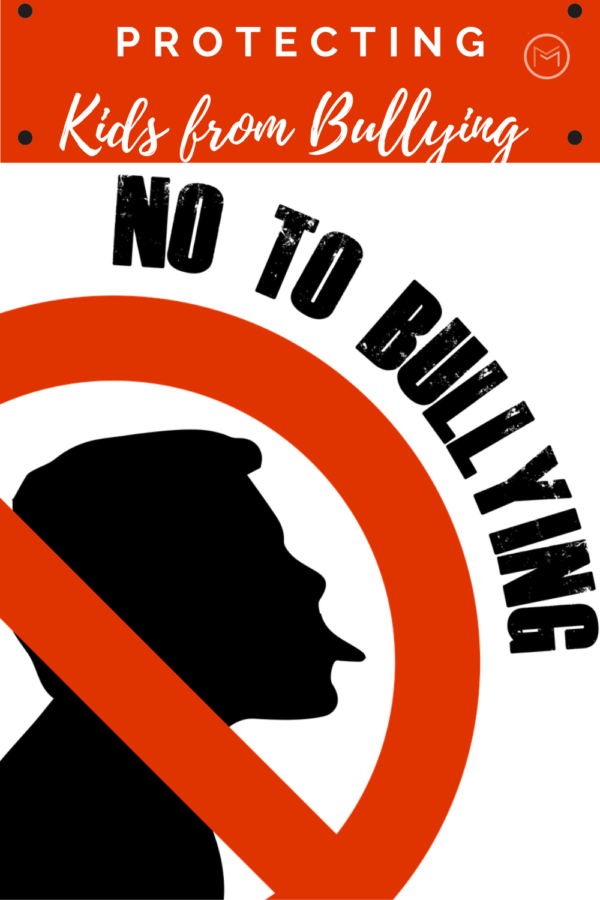
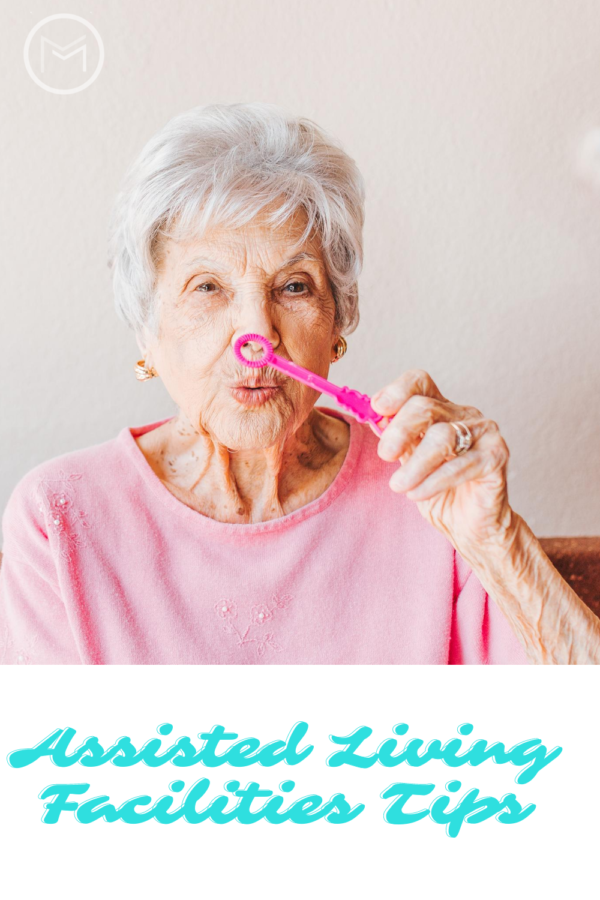
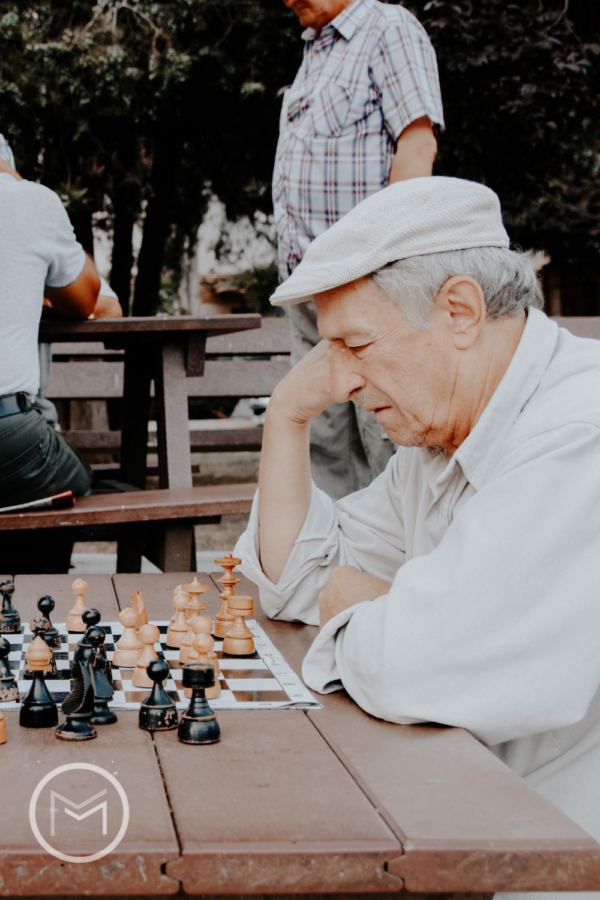
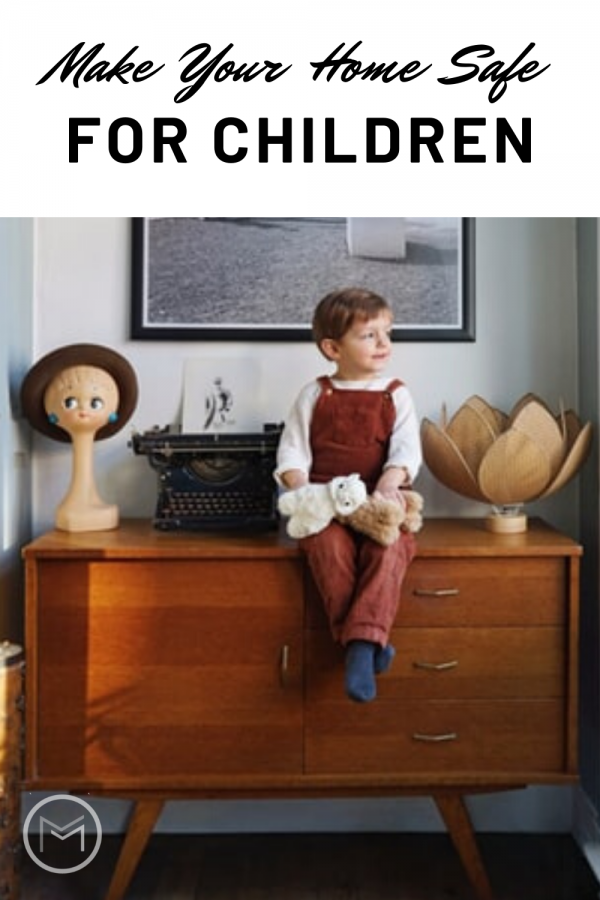
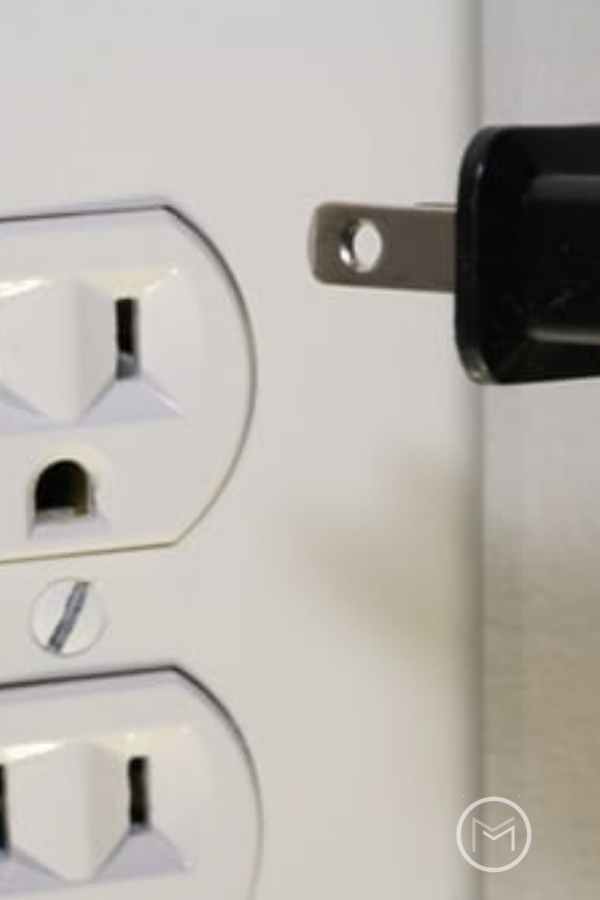
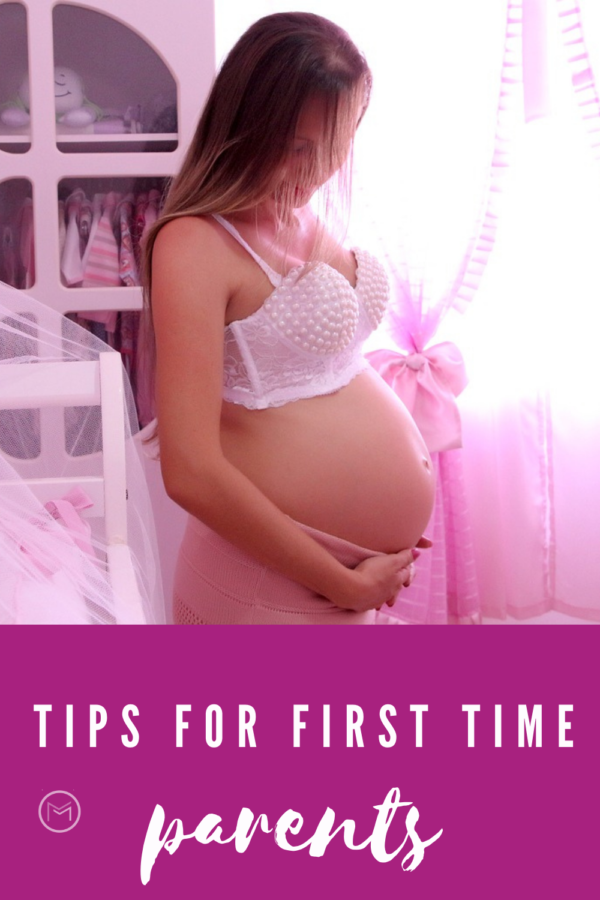
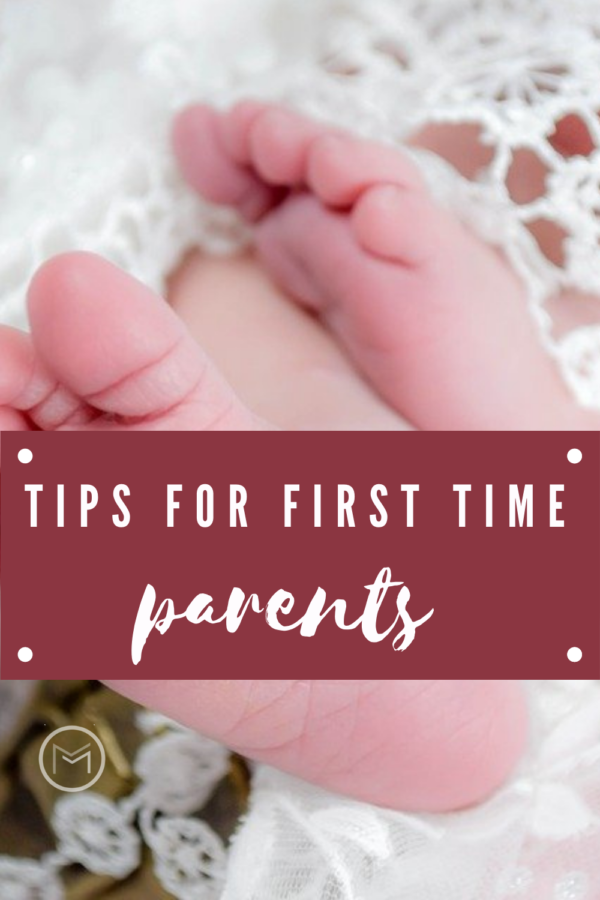
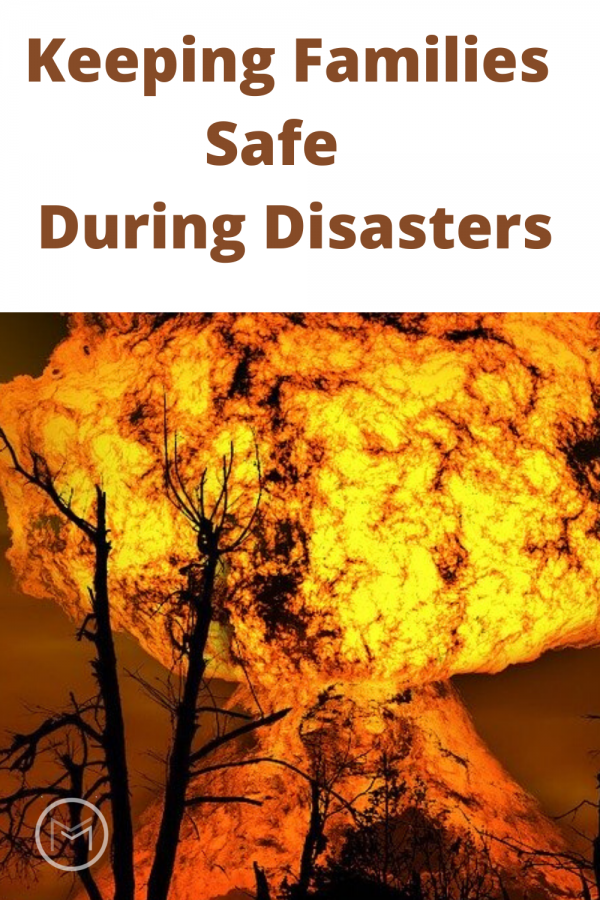

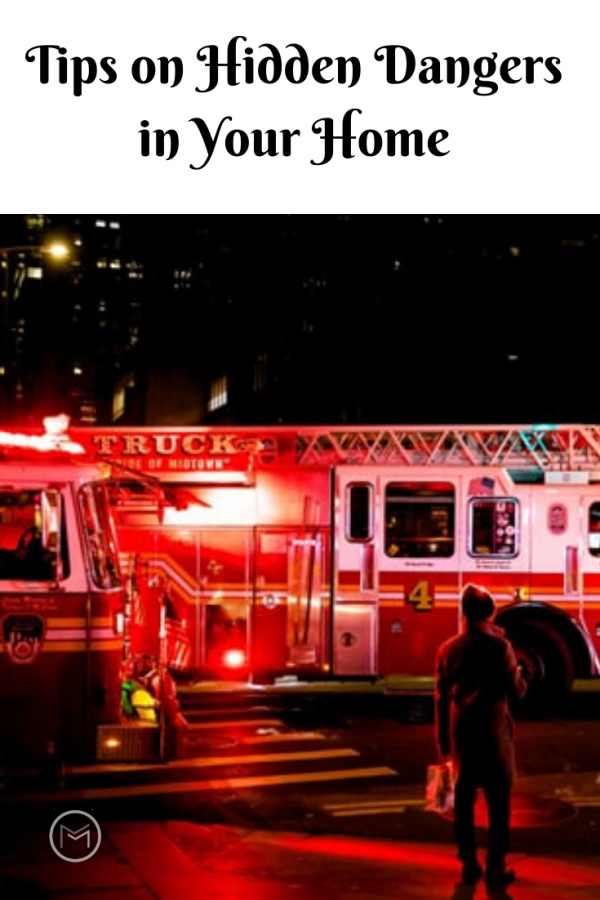

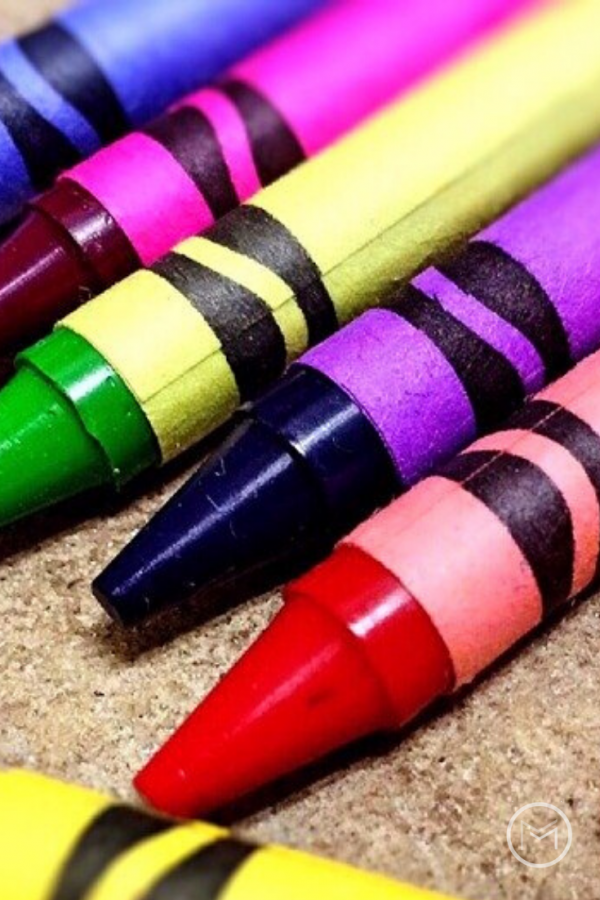
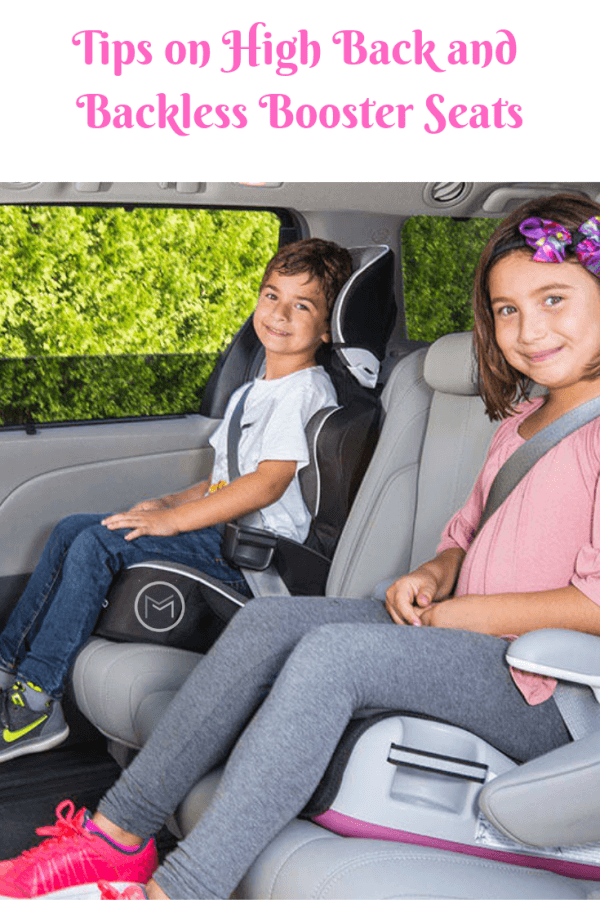

 Keren Simanova is a busy mommy by day and a passionate writer by night. While spending countless hours researching car seats for her children, she created an educational car seat blog,
Keren Simanova is a busy mommy by day and a passionate writer by night. While spending countless hours researching car seats for her children, she created an educational car seat blog, 